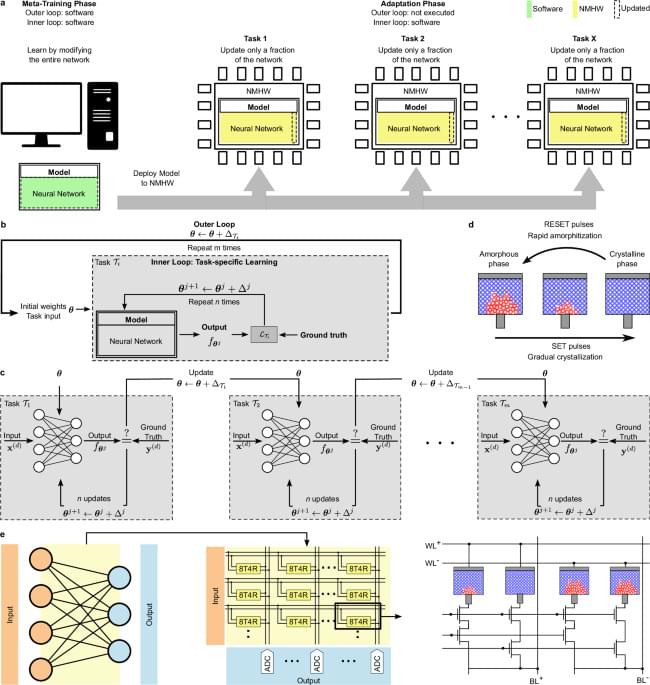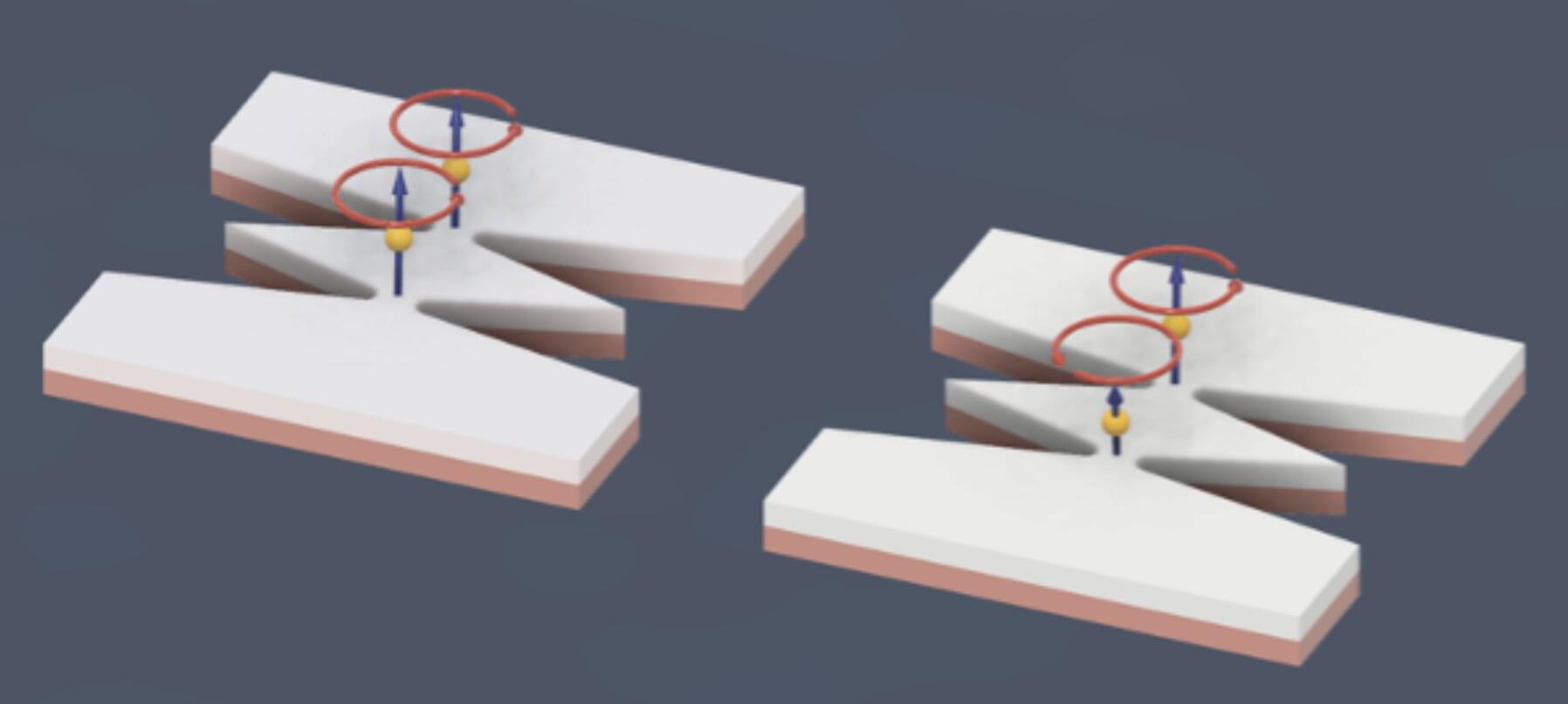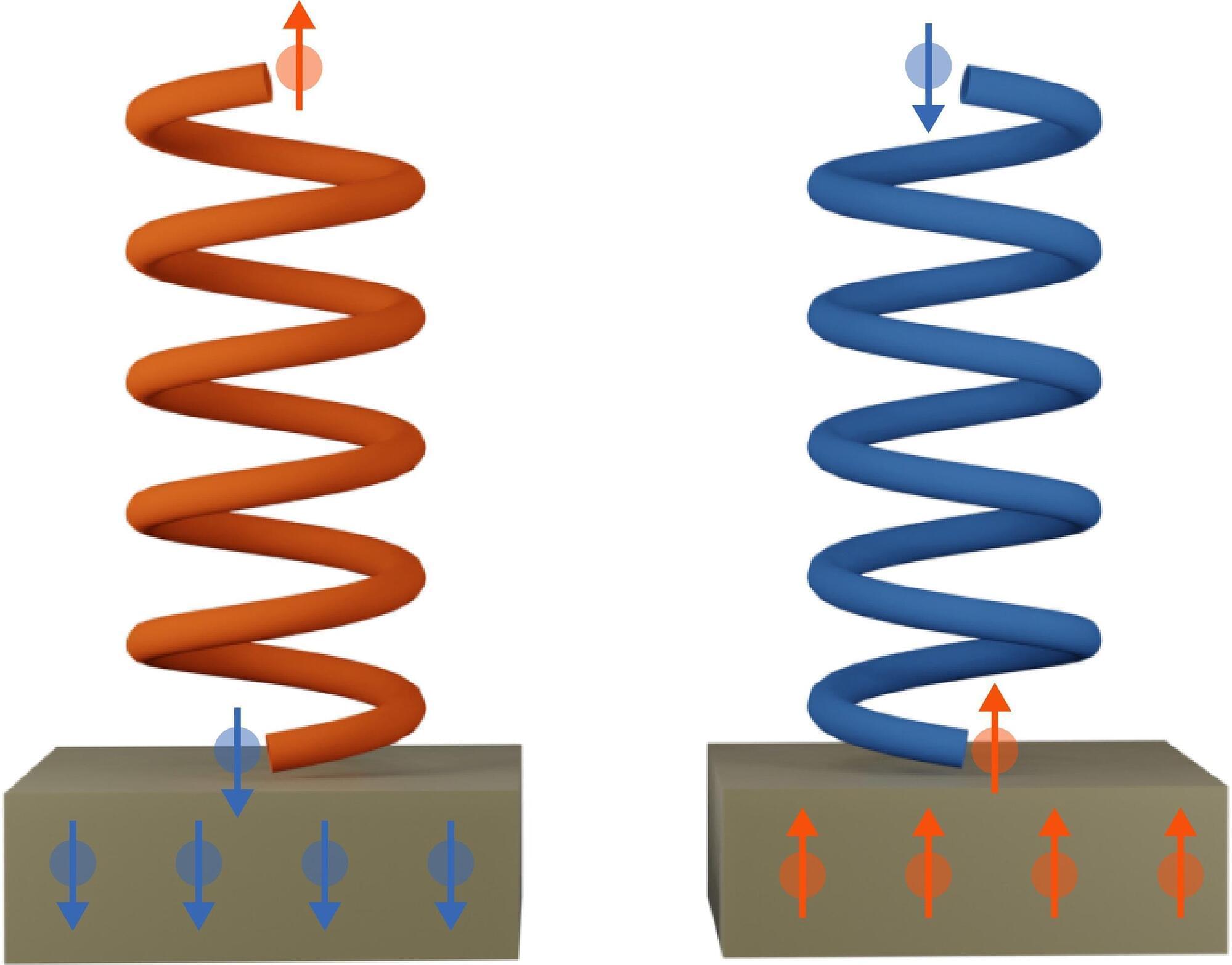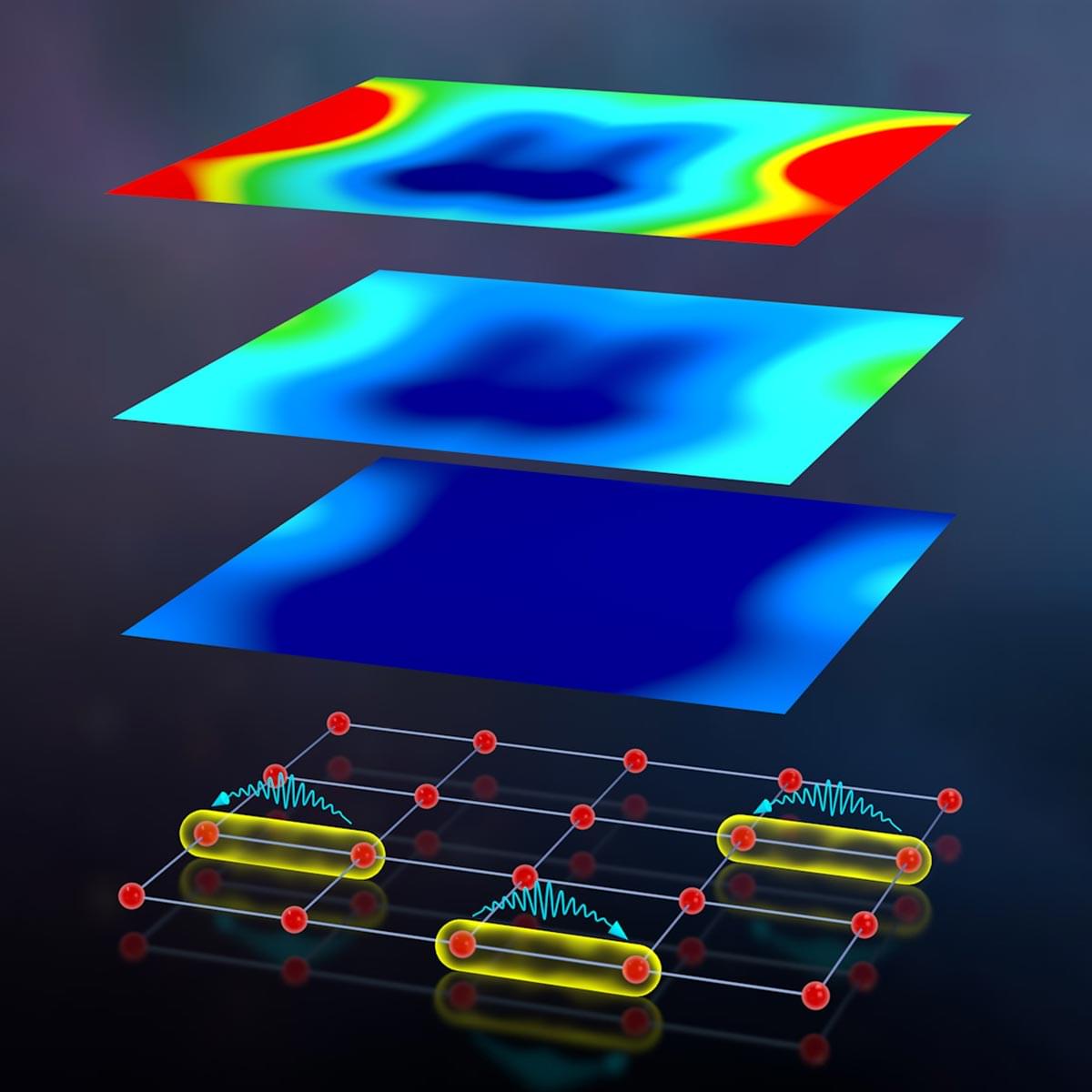Stefanie Mueller is a prominent computer scientist and associate professor at CSAIL and EECS, MIT. Known for her research in the field of human-computer interaction (HCI) and digital fabrication. Her work focuses on designing and developing novel interactive systems and fabrication techniques that enable users to create personalized and customizable physical objects, advancing the field of HCI and bridging the gap between the digital and physical worlds.
Fuel your success with Forbes. Gain unlimited access to premium journalism, including breaking news, groundbreaking in-depth reported stories, daily digests and more. Plus, members get a front-row seat at members-only events with leading thinkers and doers, access to premium video that can help you get ahead, an ad-light experience, early access to select products including NFT drops and more:
https://account.forbes.com/membership…
Stay Connected.
Forbes newsletters: https://newsletters.editorial.forbes.com.
Forbes on Facebook: http://fb.com/forbes.
Forbes Video on Twitter: / forbes.
Forbes Video on Instagram: / forbes.
More From Forbes: http://forbes.com.
Forbes covers the intersection of entrepreneurship, wealth, technology, business and lifestyle with a focus on people and success.






